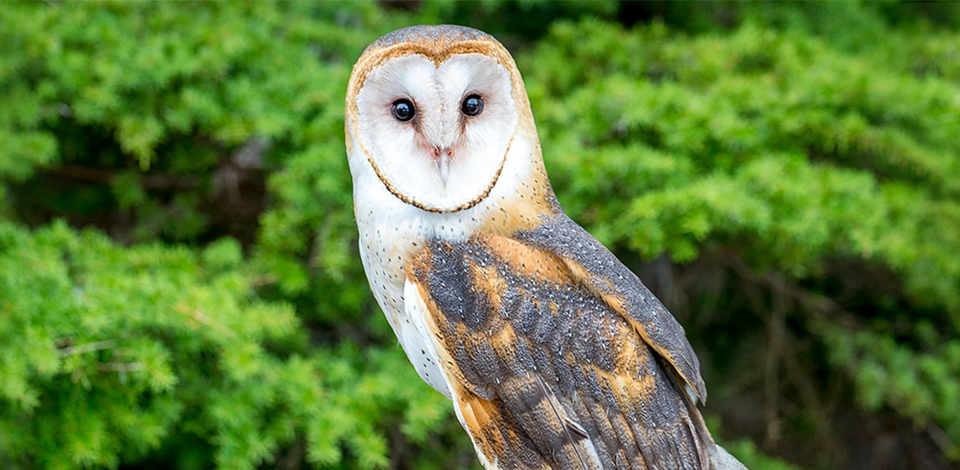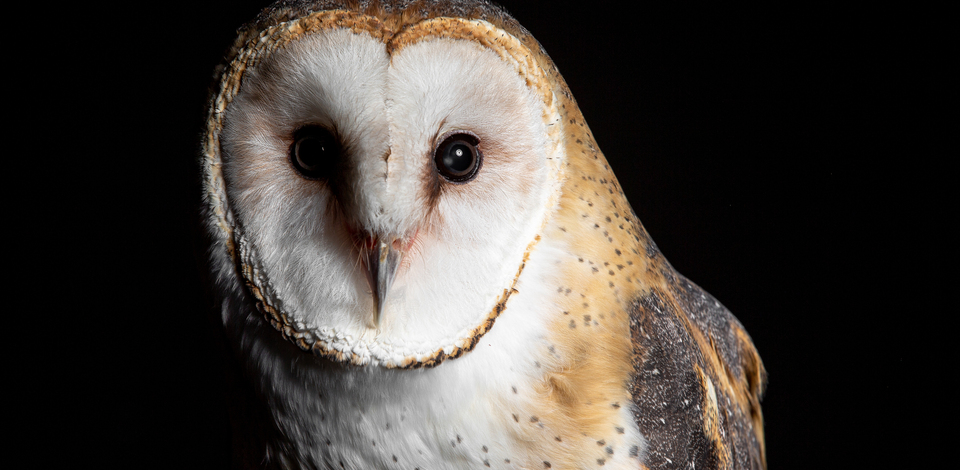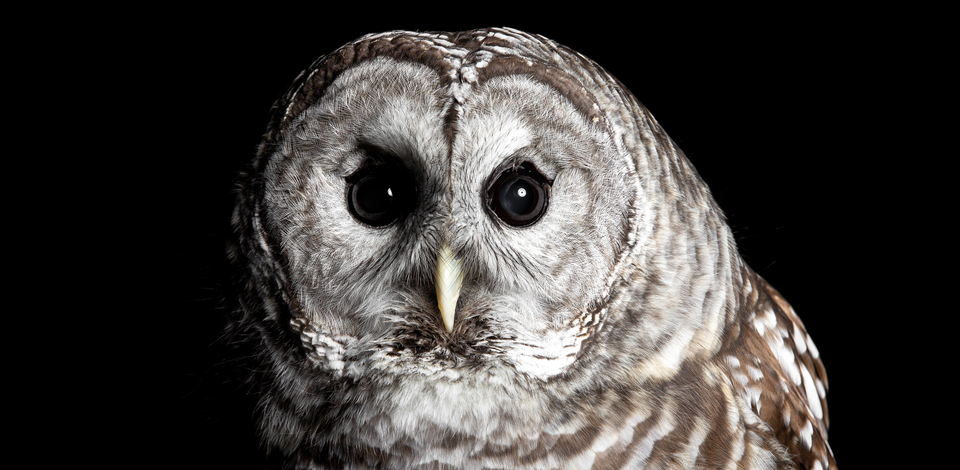owl talks
Included with your Mountain Admission ticket, Owl Talks are hosted by our wildlife specialists daily during the summer season near the Beavertails hut.
Hours: 10:45 am & 3 pm
Please check Today on Grouse before your visit for current Owl Talks times.
We also currently offer an online education program, Owls of Grouse Mountain. Featuring one of our Owl Ambassadors, the live virtual session teaches students about these amazing “silent-flying” raptors. Can an owl turn its head 360 degrees? Why are they called raptors? Do they really give a “hoot”? Learn these interesting answers and so much more.





